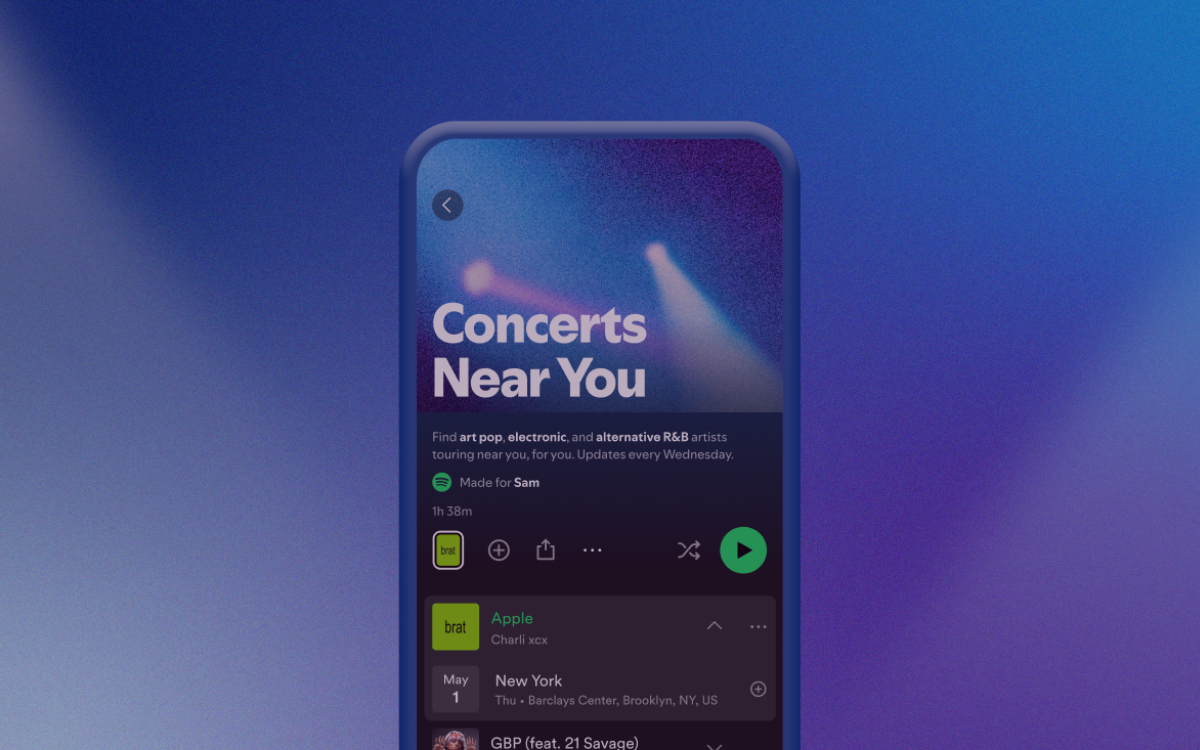At the end of March, Apple released a brand new application: Apple Music Classical, a music streaming platform entirely dedicated to classical music. While Apple already has its own streaming platform, Apple Music, we can wonder why the Californian giant decided to develop a specific application for a musical genre.
Let’s explain it all to you.
What is Apple Music Classical?
Released just a few weeks ago, the Apple Music Classical application is now available and is included in the Apple Music subscription. Its release completes Apple’s main music streaming application, since it ergonomically takes up some of Apple Music’s codes. However, only one musical genre is offered in the Apple Music Classical catalog: classical music. The user experience on the application has therefore been slightly modified to meet the different needs of classical music lovers: maximum audio quality, spatial sound, and also a new interface.
It offers a catalog of more than 5 million works, and satisfies a real need for classical music listeners. In fact, on a traditional music streaming platform, this musical genre struggles to distinguish itself from others, even though it’s so particular. It’s hard for classical music fans to find a certain work, when thousands of covers have been made or when several versions of the piece already exist. For these reasons, Apple has decided to launch its own dedicated application. It is thus possible for users of the application to search for a composer, a work, a conductor or even a catalog number.
Why invest in classical music?
In fact, the launch of Apple Music Classical follows the acquisition of the Dutch streaming platform Primephonic in 2021. As a result, the creation of Apple Music Classical is largely built on the foundations of Primephonic: the platform no longer exists and its website now links directly to Apple Music Classical.
This new application keeps the principles of the old Dutch application, and this is expressed through the remuneration of the artists: indeed, just like Primephonic, Apple Music Classical doesn’t remunerate artists according to the listening time (as on other streaming platforms). It’s the listening itself that allows to pay an artist, without taking into account its duration.
Also, the user experience described previously actually takes advantage of Primephonic’s features. Apple announced that Apple Music Classical would offer “the best features of Primephonic, including enhanced navigation and search capabilities by composer and repertoire, detailed displays of classical music metadata, and new features and benefits“.
But the Californian giant is not the first to decide to launch its own music streaming application dedicated to classical music. Last November, Grammophon, a Deutsche label belonging to Universal Music Group, launched its own music streaming application offering only classical music: STAGE+…
STAGE+ costs the same price as the Apple Music subscription, but unlike Apple Music Classical, it offers video streaming in addition to audio streaming.
The launch of Apple Music Classic might just be a question of competitiveness…



